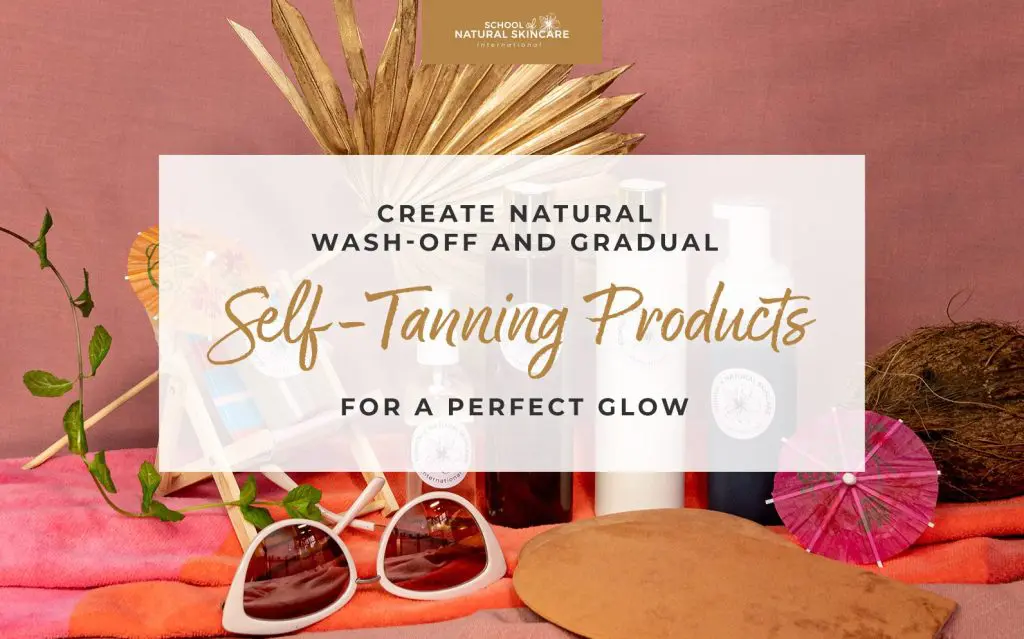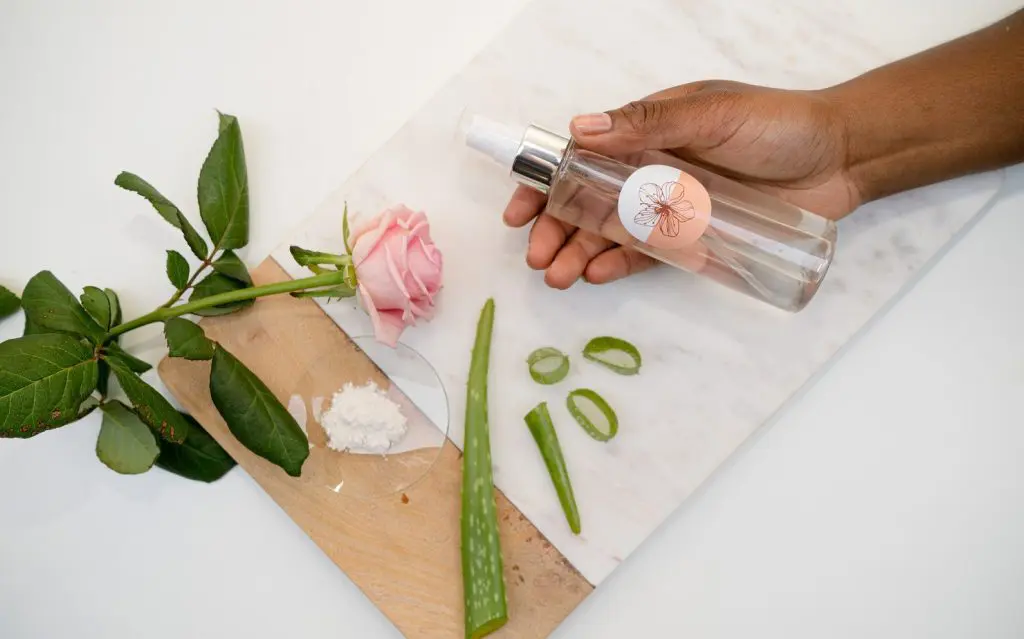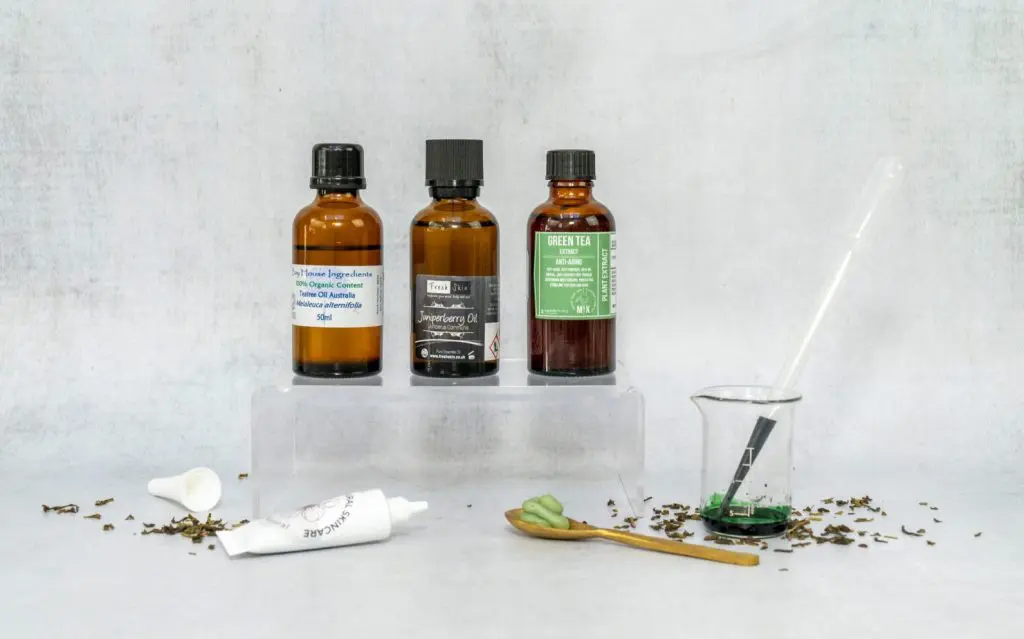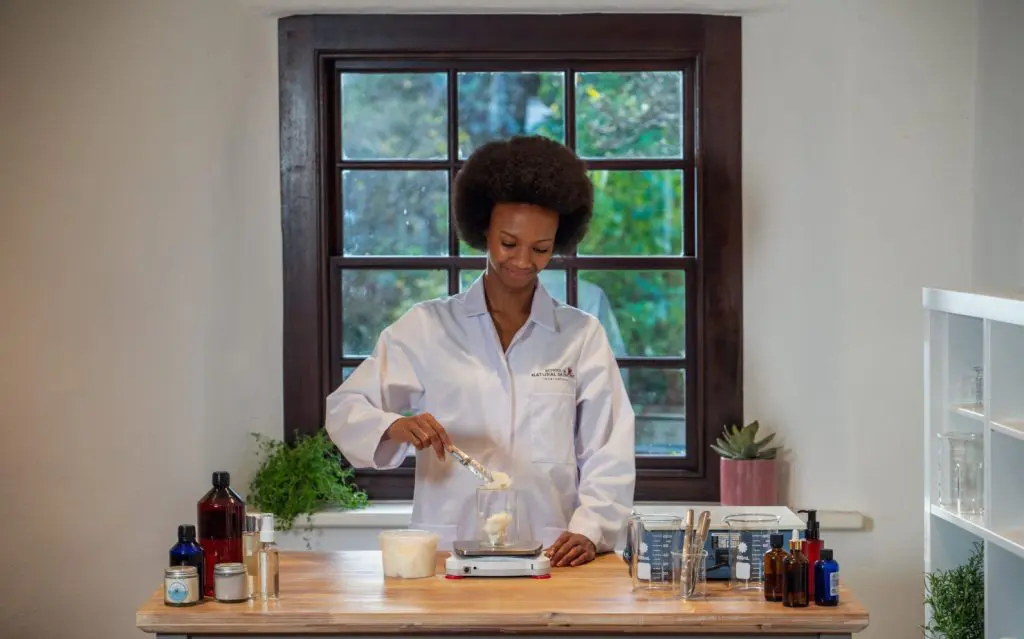For years, tan lovers have been ditching the skin-damaging sun and harmful tanning beds, in favor of a safer route to a glowing tan. Homemade tanning lotions and natural solutions, such as self-tan sprays, mousses and lotions are becoming more popular. Incredible improvements in formulations mean that unpleasant scents, streaking and artificial-looking colors are fast becoming a thing of the past.
Self-tan products are designed to artificially color the skin, providing a sun-kissed or deeper glow. They can also be helpful at reducing the appearance of hyperpigmentation and evening out skin tone (albeit only temporarily). Users must remember that self-tanning products do not offer any SPF protection.
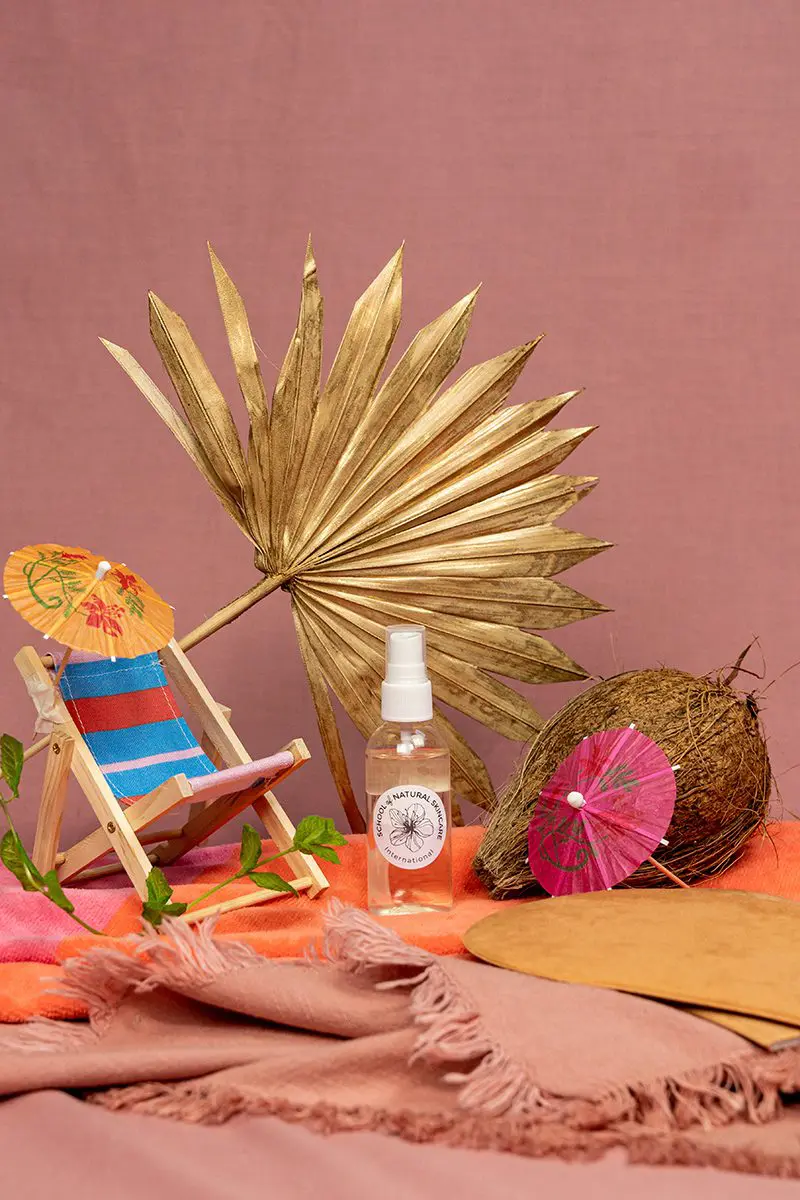
Tanning via sunbathing is the result of long exposure to the sun’s UV radiation which is associated with sunburn, accelerated or premature skin aging and increased risk of skin cancer.
DHA-based sunless tanning has been recommended by the Skin Cancer Foundation, American Academy of Dermatology Association, Canadian Dermatology Association and the American Medical Association as a safer alternative to sunbathing.
But with all the formulation improvements and calculated chemistry, surely using anything except chemical and lab-based ingredients couldn’t possibly provide the same natural-looking tan? All that hard work that sits inside those self-tan bottles couldn’t come from natural and organic ingredients…
Actually, they can. And you can create your own homemade tanning lotions that are better than those for sale in stores!
Tanning agents, the natural way
Dihydroxyacetone (DHA) and erythrulose are the two most commonly used tanning agents and both are COSMOS-approved. They can be used individually or combined in DIY tanning lotions. But how do they tan the skin?
The carbonyl group in DHA reacts with amino acids found in our skin’s protein – keratin – on the very outer layers of the skin’s surface. This reaction is known as a maillard reaction and leads to the formation of brown polymers called melanoidins which give skin a bronzed appearance.
This bronzed appearance takes approximately two to three hours to appear and is temporary, as surface skin cells are continuously and naturally lost as layers of dead skin cells are shed, which leads to loss of the melanoidins and consequent fading of the tanned appearance.
Most self-tan products are sold as delivering a ‘buildable’ color, meaning you can use the product frequently to create a more intense color or to ‘top-up’ the fading appearance of the tan.
The tanning mechanism of erythrulose occurs in a similar way, but this reaction is slower, taking around one to two days, and produces a less intense color which fades more quickly. The color has more red tones so is less likely to appear orange, however it produces a subtle color which may not be suitable for darker skin tones, or those wanting a deep tan.
When DHA and erythrulose are combined, users can experience a more intense, natural color, which is less likely to streak.
Natural instant tan colorants
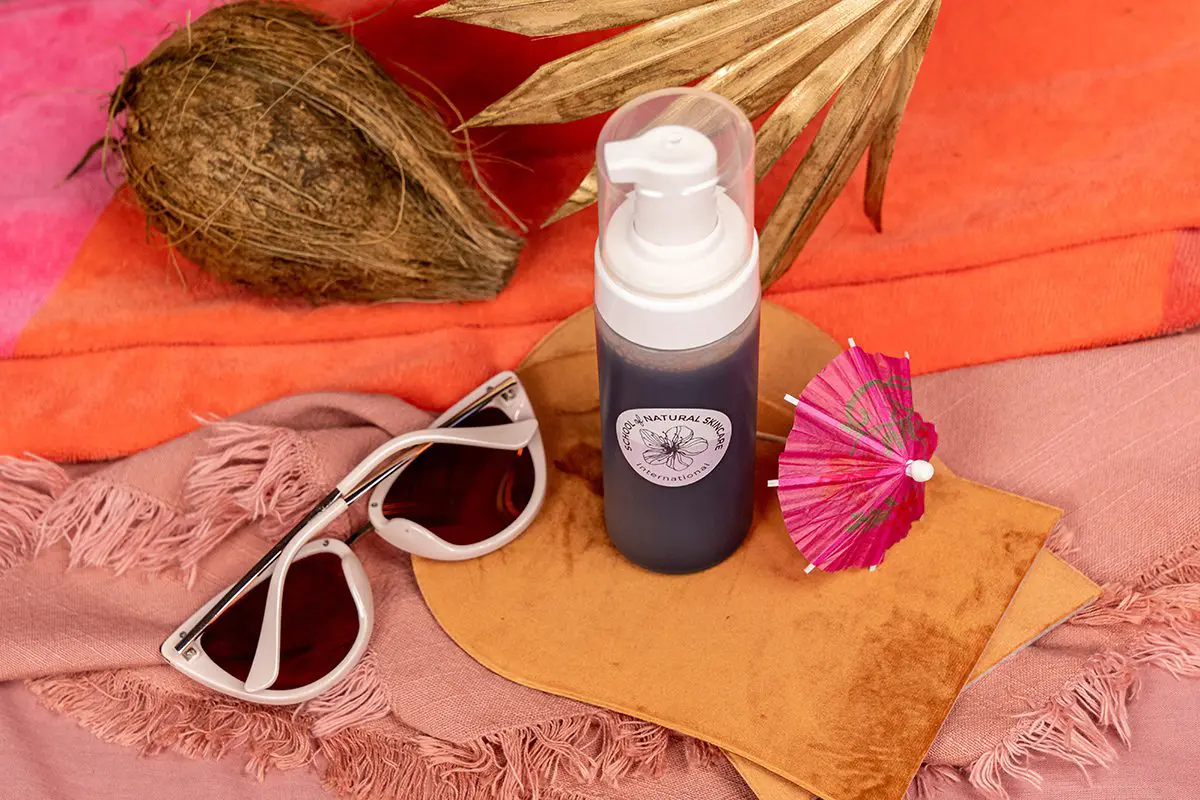
This type of instant tan does not cause any reaction within the skin and the color is lost as soon as the product is washed off. This type of instant tan is shorter lived than gradual tanning agents. Instant tan products usually contain both colorants and self-tanning agents; the colorants give a tanned look instantly, while the self-tanning agents develop a tanned appearance over the course of several hours.
Create effective, natural and organic homemade tanning products
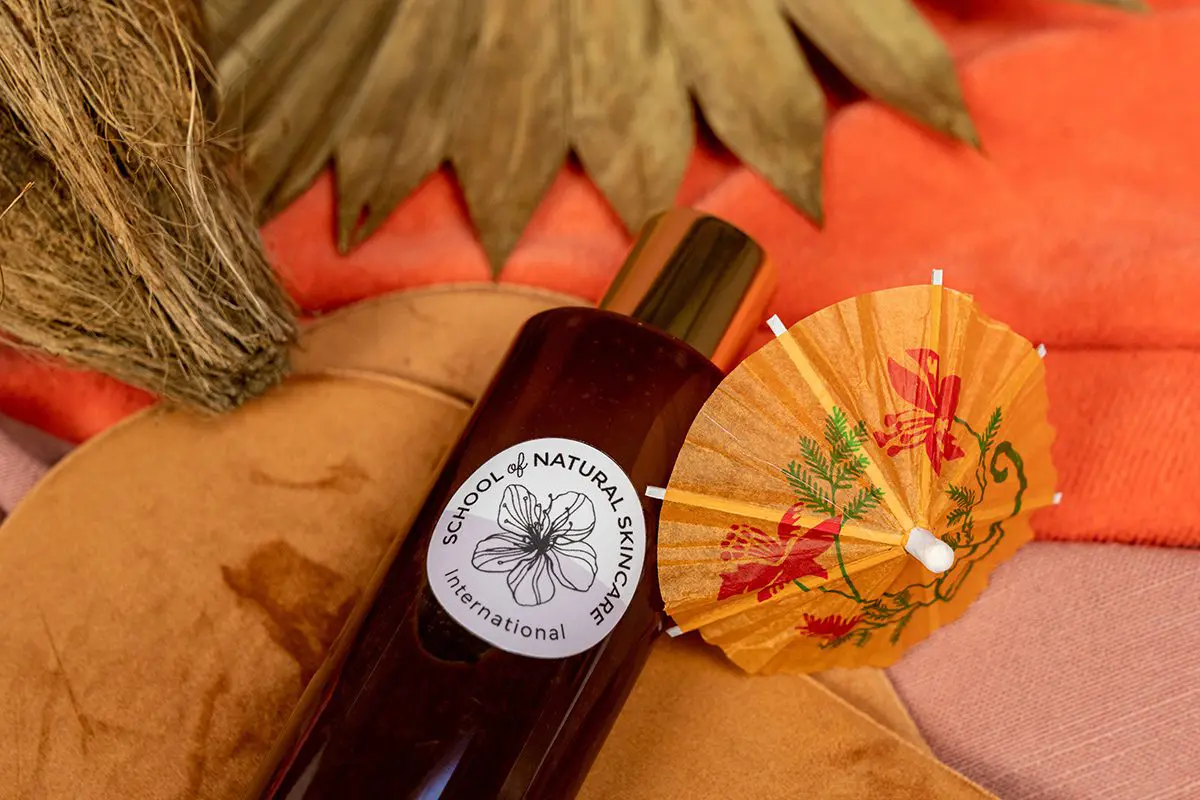
If you are interested in learning more about the science behind natural tanning ingredients, including how to formulate with DHA and erythrulose, and more about the maillard reaction, you can access a comprehensive class in the Natural Cosmetic Formulation Club.
Formulating Self-tanning Products also gives you the opportunity to formulate FIVE beautiful tanning products that really work. You’ll learn how to create homemade tanning lotions, mousse and mist that are cheaper and better than those for sale.
Create a fragrance-free Gradual Tanning Lotion, or Tanning Drops that can be mixed with your favorite moisturizer to give it a gradual tanning effect.
If you prefer an instant tan, why not create a Coconut and Caramel Instant Tanning Lotion, or Tanning Mousse with our detailed, step-by-step formulations.
And for the delicate face area, create a Facial Tanning Mist that is non-sticky, easily applied and quick-drying.
If you are interested in becoming a Member of the Natural Cosmetic Formulation Club, click here for more information.
If you are already a member and you’re ready to add natural self-tanning products to your repertoire, click here and start the course today!
